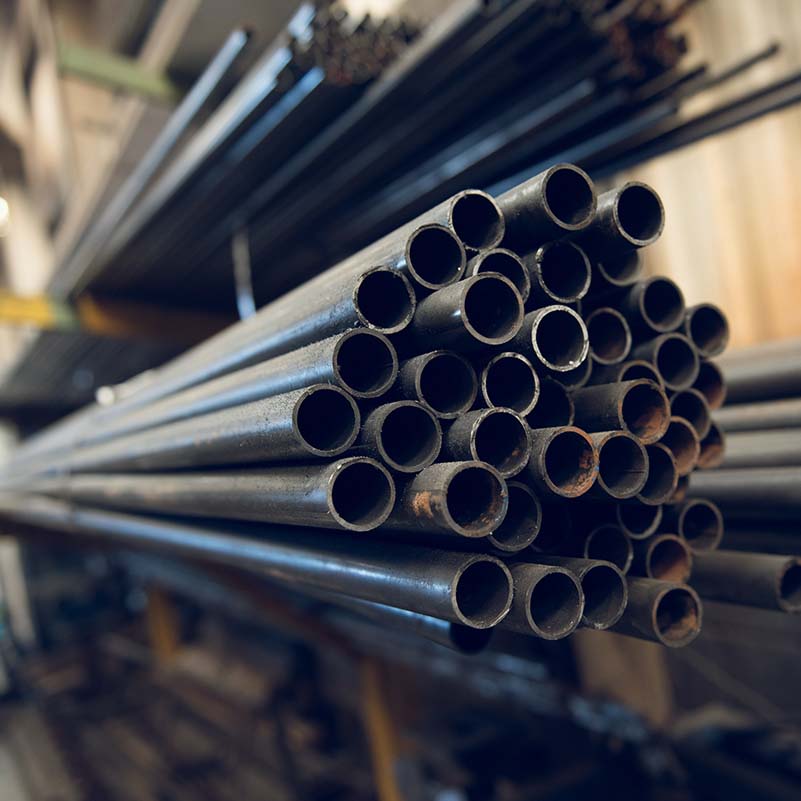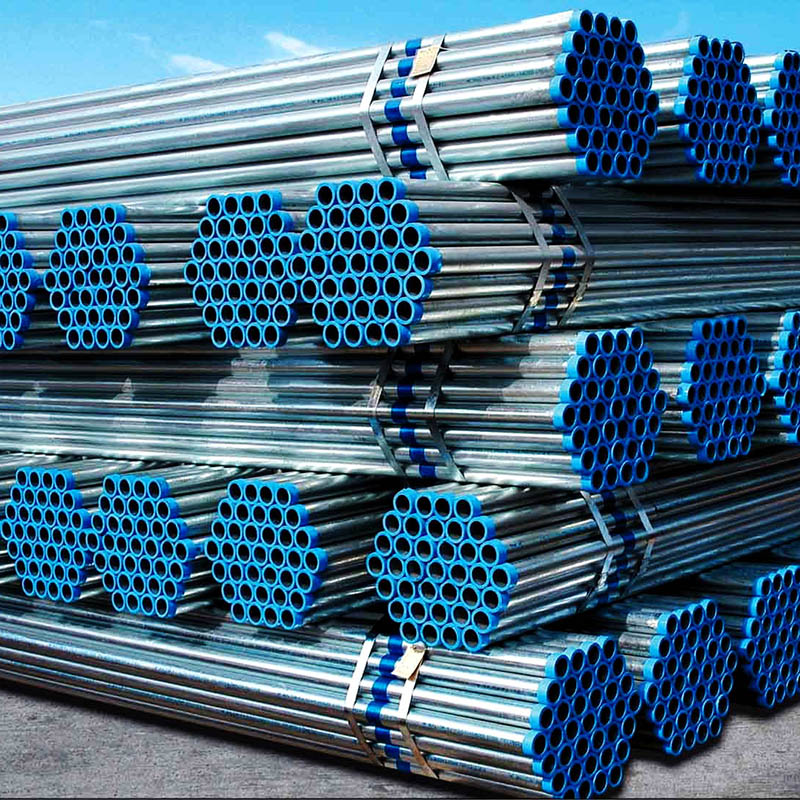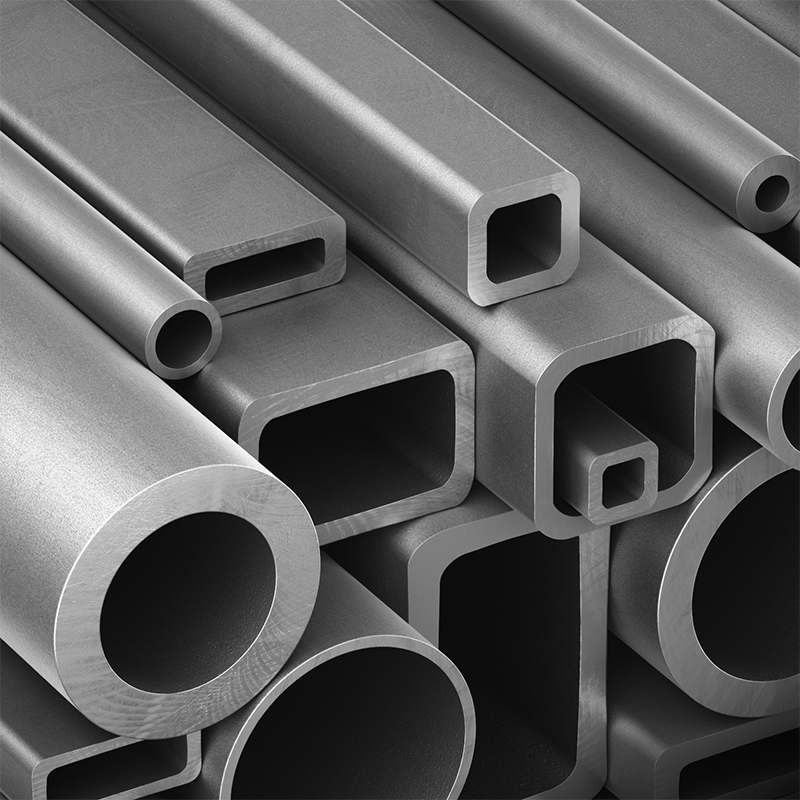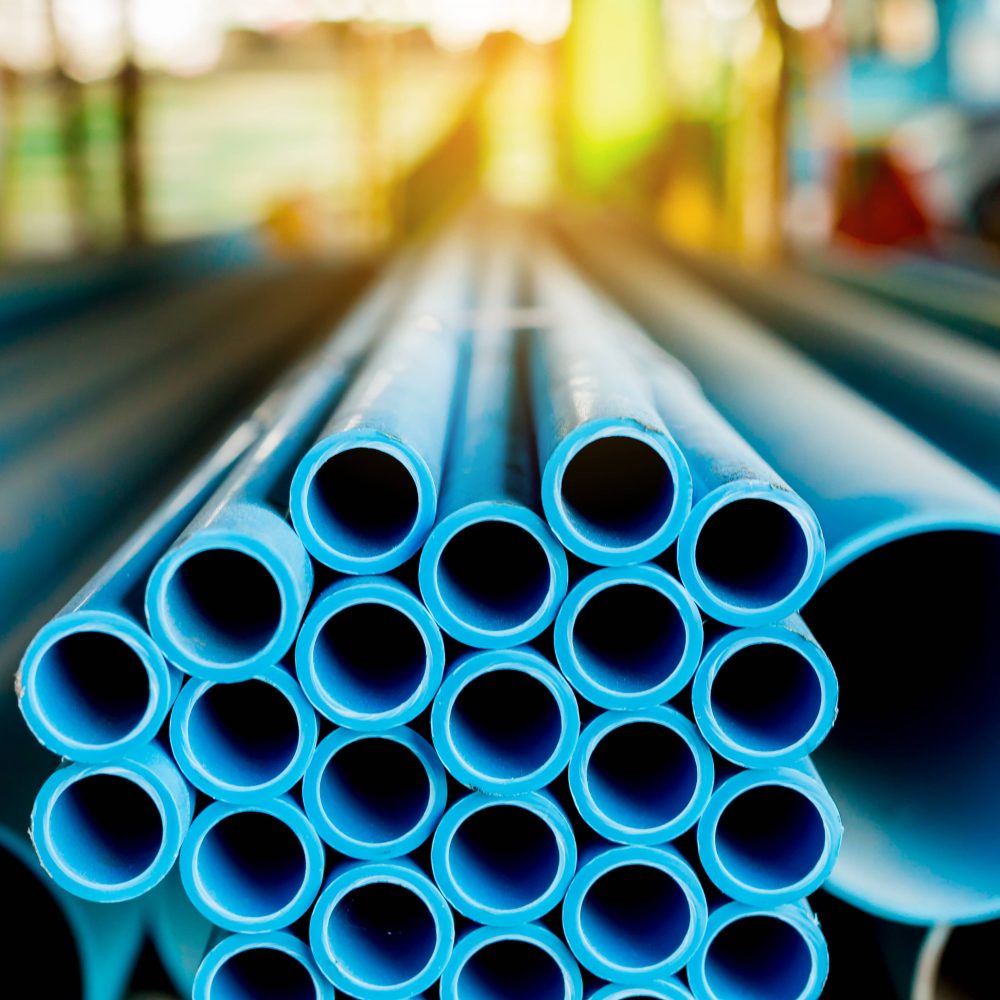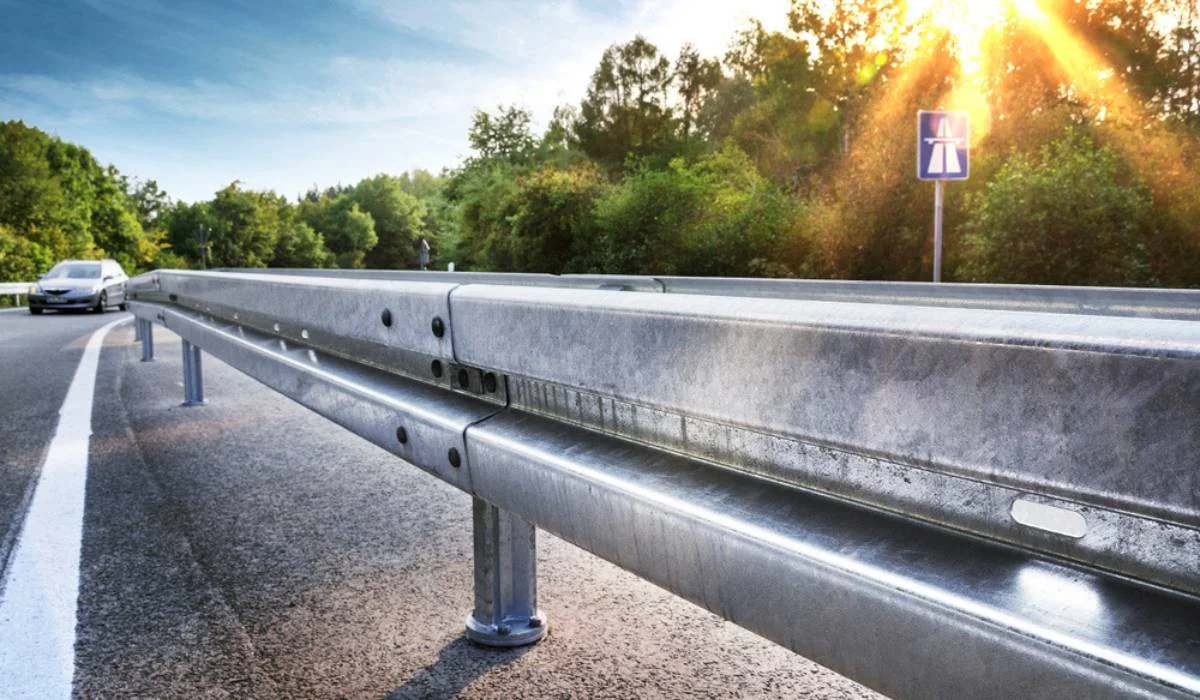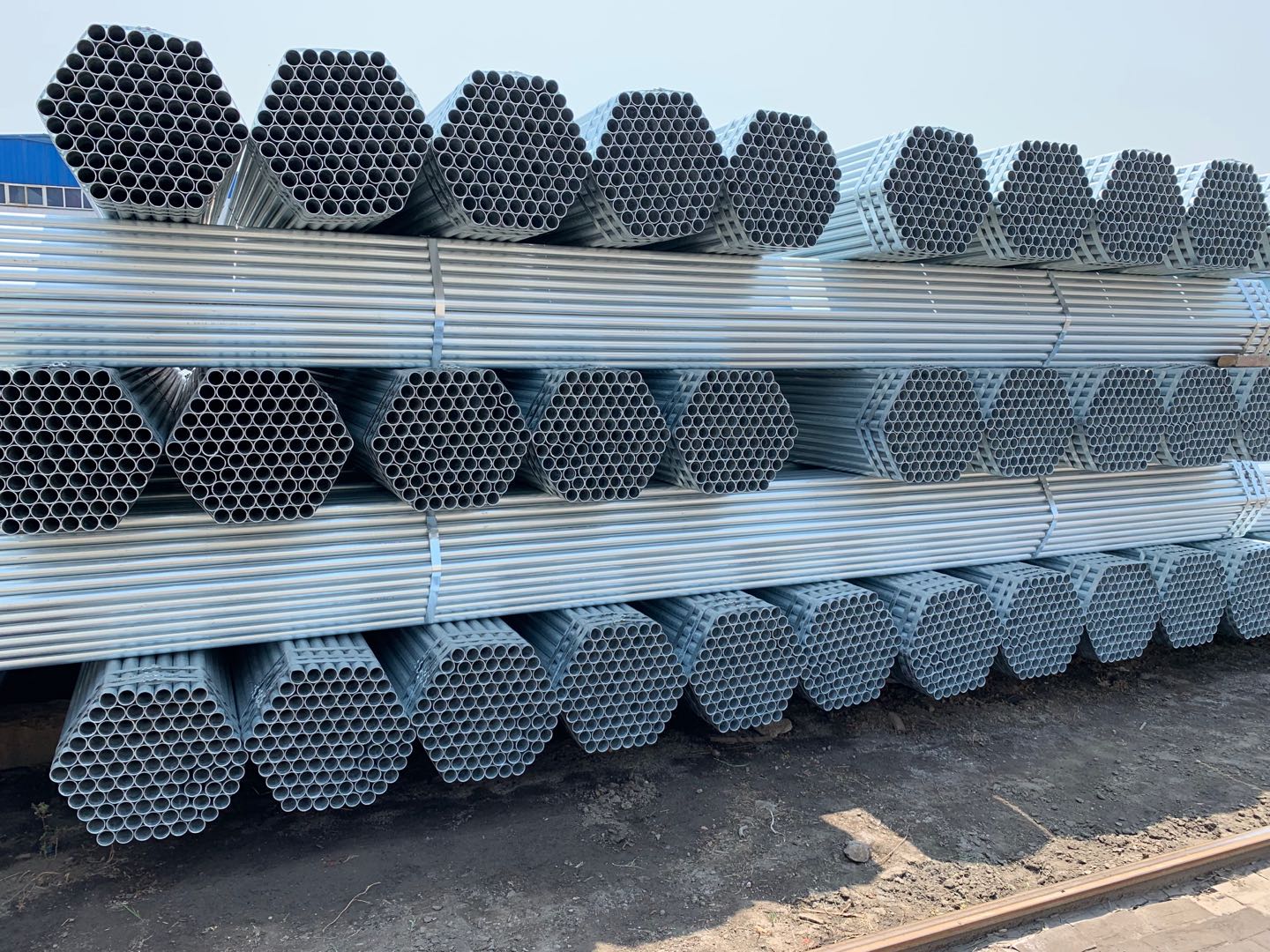Click on the following link for specifications details.
(We also galvanize according to AS:1650 and EN:10240 standards, depending on customer requirements)
*Click on following links for Specifications details.
The galvanizing process done conforming to IS : 4736
Specs IS: 1239, 3589, 3601 & 4923 follow these
COATING REQUIREMENTS :
Mass of Zinc Coating : Tubes of any thickness the minimum mass of zinc coating, when determined on a 100 mm long test piece shall be 360 g/m2 test piece taken from opposite ends of the tube selected for testing.
Uniformity of Galvanized Coating : The galvanized coating when determined on a 100 mm long test piece in accordance with IS 2633 shall withstand 5 one minute dips. Material passes this test after complete dips samples in copper sulphate solution, when the test piece is finaly rinsed & wiped dry, it does not show any adherent red deposit of the copper upon the base metal.
Adhesion Test: Galvanized tubes up to and including 50 mm nominal bore, when bent cold through 90 degree round grooved former having radius at the bottom of the groove equal to 8 times its outside diameter, shall not develop any crack in the coating.
Over 50 mm nomnal bore: The adherence of zinc coating on tubes above 50 mm nominal shall be determined by the pivoted hammer shall show results, removal or lifting of the coating in the area between the impressions. Shall constitute failure.
Knife Test: When the coating is cut or pried in to, such as with a stout knife applied with considerable pressure in a manner tending to remove a portion of the coating, it shall only be possible to remove a portion of the coating, it shall only be possible to remove small particles of the coating & it shall not be possible to peel any portion of the coating.
Freedom from defects: The Zinc Coating shall be reasonably smooth and free from such imperfections as Flux,ash and dross inclusions, bare patches black spots, pimples, lumpiness, runs, rust stains, bulky white deposits and blisters.
Result: When any test pieces fail to pass the requirements two further samples, from the same batch, shall be selected for testing, should the test pieces from both these additional samples pass, the batch represented by the test samples shall be deemed to comply with standard. should the test pieces from either of these additional samples fail, the batch represent by the test samples fail, the batch represent by the test samples shall be deemed not to comply with this standard.

